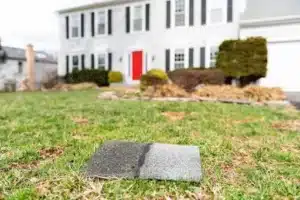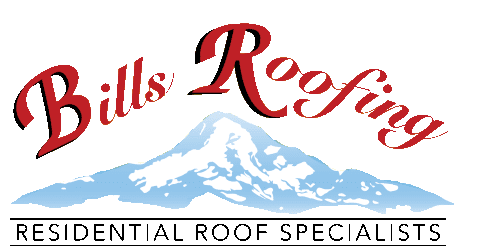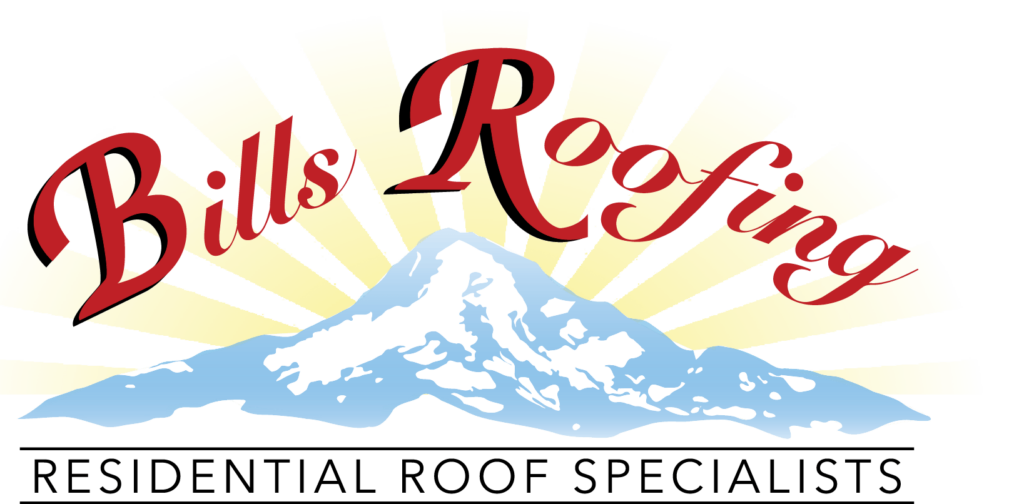 Spot a Roof Leak Early & Fix It Fast
Spot a Roof Leak Early & Fix It Fast
Water damage is one of the most common culprits for major repairs in a home. Especially in an environment where rain is so frequent, it’s even more important to take extra precautions to properly maintain your home and inspect it for leaks before you notice one. If a roof leak goes unnoticed, the damage it can cause and the cost of repair can rise exponentially, leading to potential infrastructure and health danger. However, many homeowners only associate roof leaks with a cartoonish image of someone standing underneath a waterfall from their roof with a bucket underneath. Leaks can manifest in much smaller but just as serious ways. Here are some helpful ways you can spot a leak before it turns into a flood!
Discoloration
Leaks will often leave dark stains or yellowing on your walls or ceiling. Discoloration on your walls or ceiling is one of the most obvious ways to spot a leak!
Musty Attic Smell
Just like how wet dog smell is an immediate warning smell, the smell of must in your attic shows that the dampness in the air (often caused by a leak) has led to the development of mold. According to FEMA, mold and mildew can develop as short as 24 hours after a leak occurs.
Damaged Shingles
Shingles experience the brunt of the weather. Heavy winds can blow them off, hail can pockmark their surface and wear them down, and intense sunlight can dry them out and lead to cracking. When your shingles start to have gaps or buckle, water is likely to find their way under the surface. It’s important to replace missing or damaged meetings as soon as possible.
Loose Granules
Another easy way to notice shingle wear and tear is if you find loose granules in your gutters.
Clogged Gutters
Gutters are your home’s water diversion system so if they aren’t properly working because there’s so much debris in the pipes, water is likely to pool on your roof and lead to sagging weight. An easy way to prevent this is to regularly clean your gutters and inspect your damage.
Raised Nails
When the wind lifts a shingle on your roof, it can also expose the nails holding it in place to the elements. As the raised nails then become battered by rain, they will rust and will lead to leaks in their holes. It’s important to replace any damaged nails, alongside your shingles.
Damaged Flashing
Cracked flashing is often the culprit for water damage in your home. Flashing is often used around chimneys, skylights, or vent pipes to reinforce areas that are more susceptible to rain runoff. However, if they aren’t properly maintained, exposure to harsh weather can lead them to crack or peel, making them ineffective barriers for water. For minor damage, roof sealant can be used to patch up gaps or small holes. However, we recommend often replaying the whole flashing or using a boot overlay.
Icicles on Your Gutters
Icicles often mean that you have an ice dam forming on your roof. This is a blockage of ice that prevents snow from melting and running off your roof, safely to the ground. Instead, it traps the snow above your roof and the hot air from your attic will melt it, leading the water to seep into the shingles. Proper insulation and ventilation inside your home are great preventative measures against ice dams and leaks.
Professionals Can Help Once You Spot a Leak
Inspecting your home is an easy way to prevent long term damage before it occurs. However, your safety is the priority. Roofs can be hazardous areas to inspect, especially if there is snow or rain, so proceed with caution. If you want a professional inspection or repair, contact Bill’s Roofing. We have competitive prices for our quality services and we’ve been serving the Western Washington region for over thirty years!







